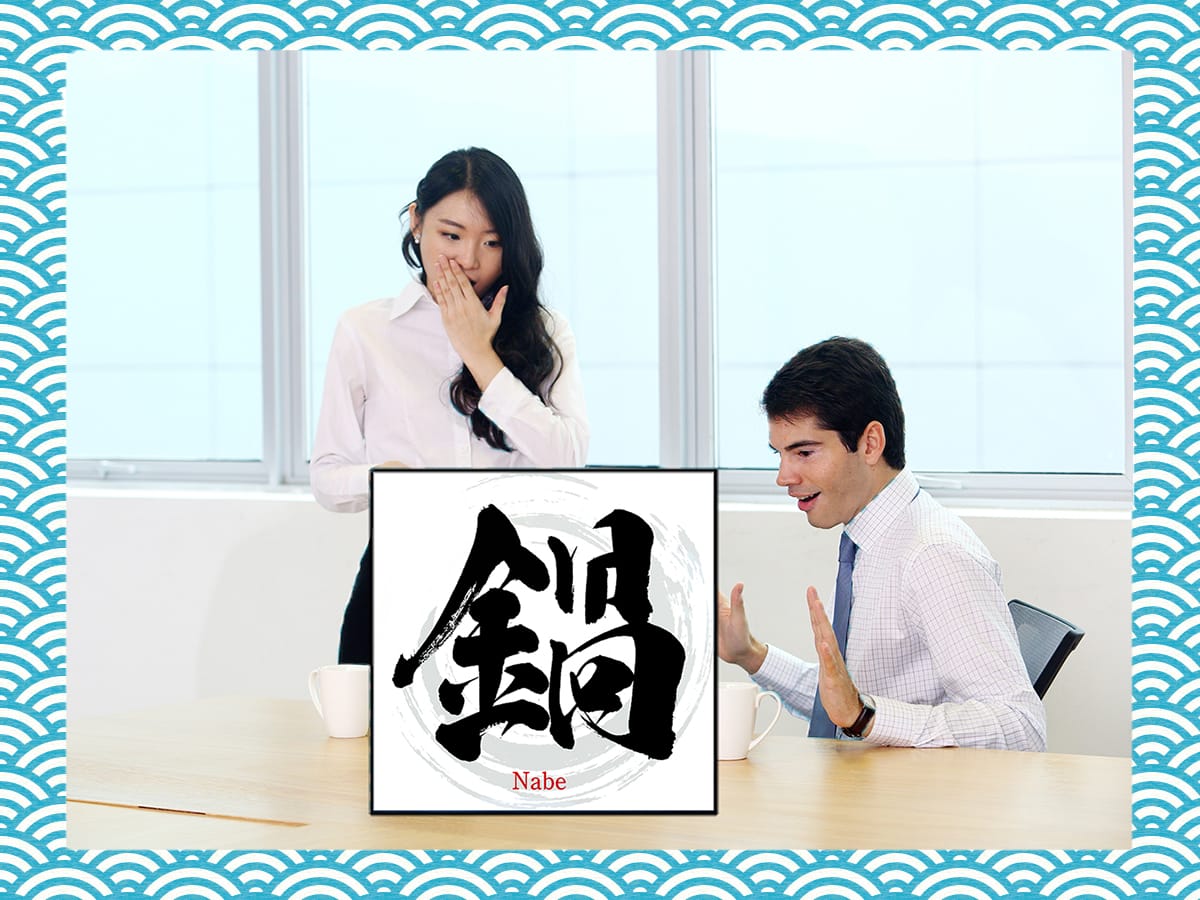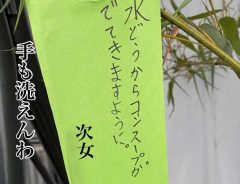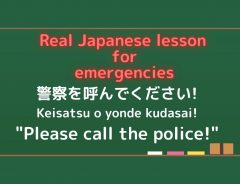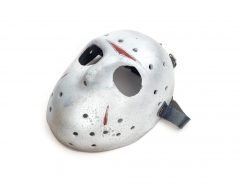
Source: Luxpho | © PIXTA
Japan’s “hardest food”? You may be in for a surprise when you learn this Japanese word
- Source:
- Takezo | © PIXTA
- Tags:
- confusion / humor / Japanese language / pot / stew
Related Article
-

Celebrating Tanabata in Japan and making wishes that are out of this world
-

Three manga to learn kanji, katakana and old Japanese as recommended by a Japanese teacher
-

Japanese teacher’s real phrases to use in Japan: Emergencies [audio included]
-

Useful in Japan: Four versatile Japanese expressions with a total of 28 meanings!
-

Japanese action figure photographer imagines horror icon “cancelling” Friday the 13th
-

Unusually humorous dog poop sign pops up in Japan


Although there are numerous Japanese dishes the likes of ramen, tonkatsu, and tempura which appeal to the majority of foreign visitors, there are some Japanese foods that foreigners might be more skeptical about. Things like raw eggs, raw fish (sashimi), and raw meat, fish containing a lethal toxin (pufferfish), soybeans that have fermented and turned sticky (natto), and numerous other foods enjoyed in Japan may catch some foreigners by surprise.
"I think it would be better not to eat that...?"
Artur Galata (@ArturGalata), a Latvian social media influencer and frequent visitor to Japan who loves Japanese food and culture, has tried all the foods mentioned above, and then some.
However, as he indicated in a Tweet on October 14th, 2022, he became a little worried when he heard about a certain food that Japanese people look forward to during the cold season.
The food is known in Japanese as 鍋 nabe.
出典:出典名
In everyday conversation, Japanese people will say things like "now is the season for delicious nabe" or "I want to eat nabe."
The thing is, the word 鍋, just by itself, means "pot." Traditionally, it refers to a round earthenware pot. That's the way Artur learned it when he was studying Japanese.
Artur had eaten some very hard foods before but he drew the line at eating crockery! Therefore, he was understandably confused when he heard people say this in Japanese.
Of course, when Japanese people say they want to eat 鍋 nabe (or お鍋 onabe with the honorific prefix "o"), this does not mean eating the nabe itself, but rather the contents of the nabe, in otherwords, a stew.
There are, in fact, three ways to express "stew" in Japanese:
Looking back on his misunderstanding, Artur wrote:
"I'm sure I'm not the only one who thought: 'The pot itself is too hard to eat and looks like it would be bad for you anyway, so be careful...'"
For Japanese people, this is probably a point that is hard to notice because it's one of those everyday expressions that people say without thinking too deeply about them.
For learners of Japanese, however, it can clearly lead to some confusion!
As indicated in comments reacting to Artur's tweet, there are equivalents in non-Japanese languages. For example, in English, "dish" can designate both the food and the object on which it's served, and in French, "pot-au-feu" literally means "pot on the fire" but designates boiled beef and vegetables.
Other comments posted videos of classic comedy routines from 志村けん Ken Shimura (active 1972-2020) and manzai brothers 夢路いとし Yumeji Itoshi and 喜味こいし Kimi Koishi (active 1937-2003) using the double meaning of nabe for laughs.
In fact, the thread is quite an entertaining hodgepodge of nabe humor.
And once you're done with pots, you might try your hand at bowls!
The word 丼ぶり donburi means "bowl" but can also be used to designate the contents when they include cooked rice. It's short for 丼物 (donburimono | lit. "bowl dishes"). In compound words like カツ丼 (katuson | breaded and fried cutlets on rice) or 親子丼 (oyakodon | chicken and egg on rice), donburi is shortened further to don but the meaning is the same.
Have you worked up an appetite?